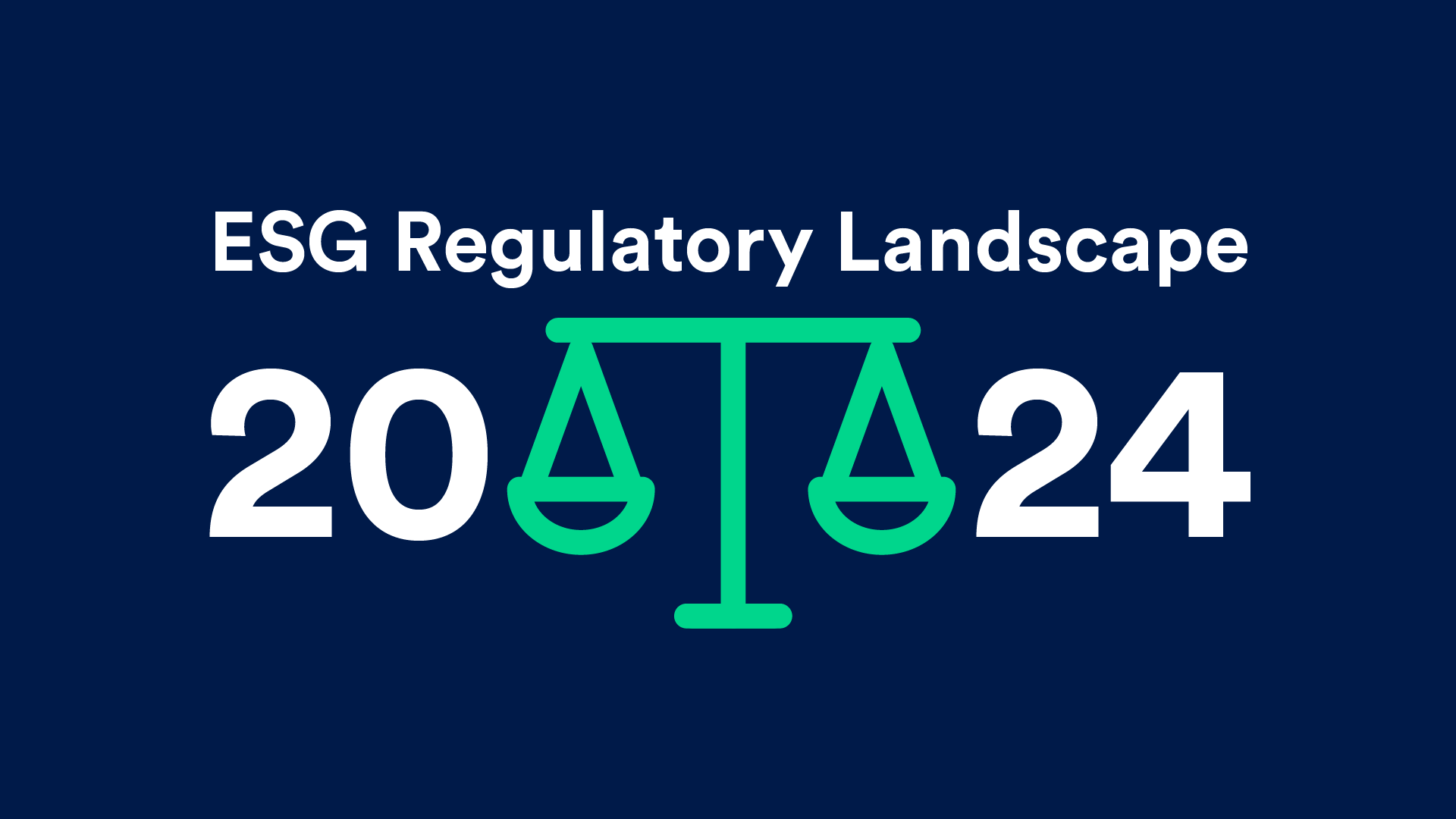Implementing the Global Biodiversity Framework
Implementing the Global Biodiversity Framework: Challenges around data availability, comparability, and accuracy
The world has taken significant strides in protecting global biodiversity by reaching agreements such as the COP15 landmark agreement and the UN Treaty on High Seas Protection. Despite these long-awaited breakthroughs, data providers, companies, and investors must now brace themselves for new challenges in reporting non-financial information.
As a member of the TNFD Forum, impak attended the TNFD Nature Data Labs held alongside the COP15 talks in December 2022. A deep dive into the challenges and opportunities in specific sectors regarding biodiversity revealed the unique complexity of measuring biodiversity impacts. However, this difficulty is not an excuse for inaction; climate change and biodiversity loss are inextricably linked, making the latter a critical focal point for addressing climate change. If the world wants to achieve tangible results for nature and climate, biodiversity considerations must also be integrated into existing climate reporting frameworks, which has only recently begun. This article attempts to provide the information essential to understanding, from an investor’s point of view, the most pressing challenges imposed by a global biodiversity framework.
Quantifying nature is no small feat
The TNFD Nature Data Labs emphasized the importance of data availability, accuracy, and actionability. Each ‘Data Lab’ focused on the challenges and opportunities a sector faces within the current regulatory and reporting contexts. The common denominator across industries regarding biodiversity reporting is accurate and actionable data. Data availability is still an issue for some sectors, but making the data actionable is the more significant challenge that the world is currently facing. We have yet to develop, implement and refine new processes to make data useful, and doing so requires much collaboration between various stakeholders. These include field ecologists, data scientists, data providers to the financial sector, companies, and finally, investors who could act as a catalyst to biodiversity restoration should funds start to flow in this direction. Domestic regulations can also enhance existing frameworks by imposing requirements around the disclosure of biodiversity impacts. However, not all regulators across the globe have been eager to take meaningful action in that regard, despite numerous calls to action from the private sector. This reluctance to act is highlighted by the removal of the term “nature-positive” from the final agreement of COP15. Nonetheless, the private sector has been taking the lead in laying the groundwork for biodiversity reporting and creating stronger market incentives.
Different industries and sectors face varying challenges regarding data availability and accuracy. As a society, we have largely understood and accepted human action as the cause of biodiversity loss, yet we still do not truly comprehend the full extent of that impact across all sectors, such as marine ecosystems. Other sectors, such as mining, energy, agriculture and farming, may possess considerable biodiversity data. Still, it can be outdated, patchy, or too unreliable to be reported and, thus, actioned.
Indigenous knowledge is key
An additional layer of difficulty arises from the need to balance localized field data with standardized metrics for scalability and comparability for companies and investor portfolios. Naturally, companies within the same sector or geography should collaborate to harmonize metrics and standards. Consultation mechanisms can significantly improve data accuracy, especially with Indigenous and local communities. To do so, data experts must account for cumulative and historical data in their data collection, and share modelling and forecasts around regional specificities. While we have largely recognized the contributions of Indigenous and local knowledge to biodiversity conservation, more must be done to promote awareness and integration of this knowledge into business decisions.
Reporting standards and data-sharing
At a higher level, standard setters are working to harmonize and define guidelines for reporting nature-related metrics, with the TNFD framework expected to provide clarity and guidance on biodiversity reporting by the third quarter of 2023. The International Sustainability Standards Board (ISSB) plans to incorporate nature in its disclosure standards next year.
Meanwhile, there seems to be a push for more data-sharing among stakeholders. Data that is supported by reliable sources requires collection and sharing approaches that are flexible and constantly evolving, yet this may result in increased expenses for data providers and as a result, restrict access. Therefore, the global community could benefit from a culture that encourages data sharing, sets data and data collection standards, and identifies qualified experts to curate, publish, and integrate data for use in the financial sector.
To make biodiversity data easily accessible and actionable, we recommend that stakeholders collaborate on the following actions:
- Harmonize and further define nature-related metrics for comparisons across companies, sectors, and regions.
- Improve data accuracy by engaging indigenous groups, refining field data collection expertise, and developing local consultation mechanisms.
- Increase data availability for stakeholders, facilitating data-sharing and guiding investment decisions toward biodiversity-related projects.
- Support domestic regulations that mandate biodiversity impact disclosures to strengthen existing frameworks.
Incentives for nature
Although data accuracy, comparability, and availability are major barriers to investment in biodiversity, corporate interest in funding biodiversity-related projects is growing. This capital influx is primarily driven by CSR pledges and reputational risk mitigation, which can influence companies’ cost of capital and bottom lines. Whatever the motivations behind biodiversity pledges, the right market incentives, based on accurate and actionable data, can create a societal shift in favour of nature.


